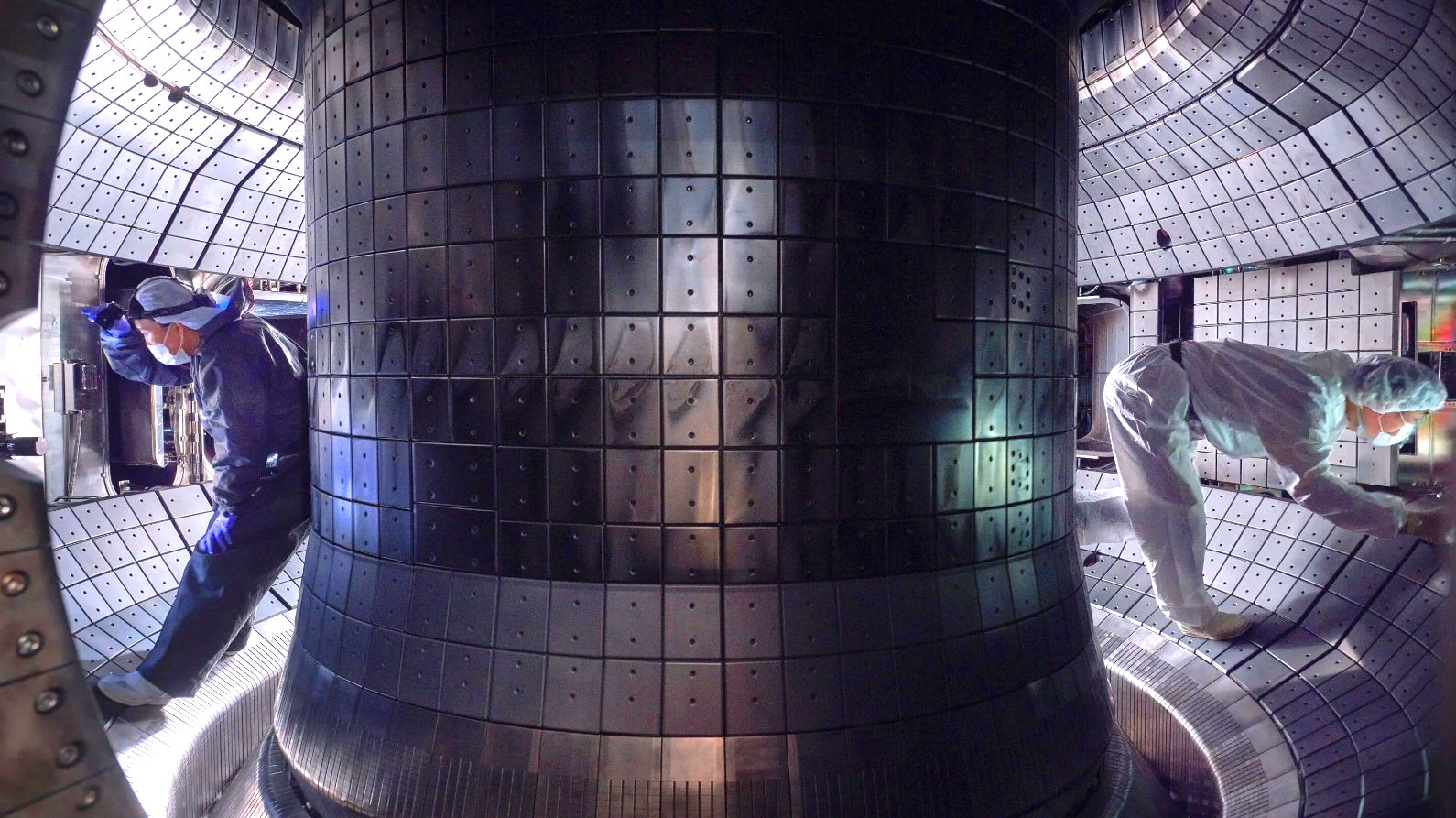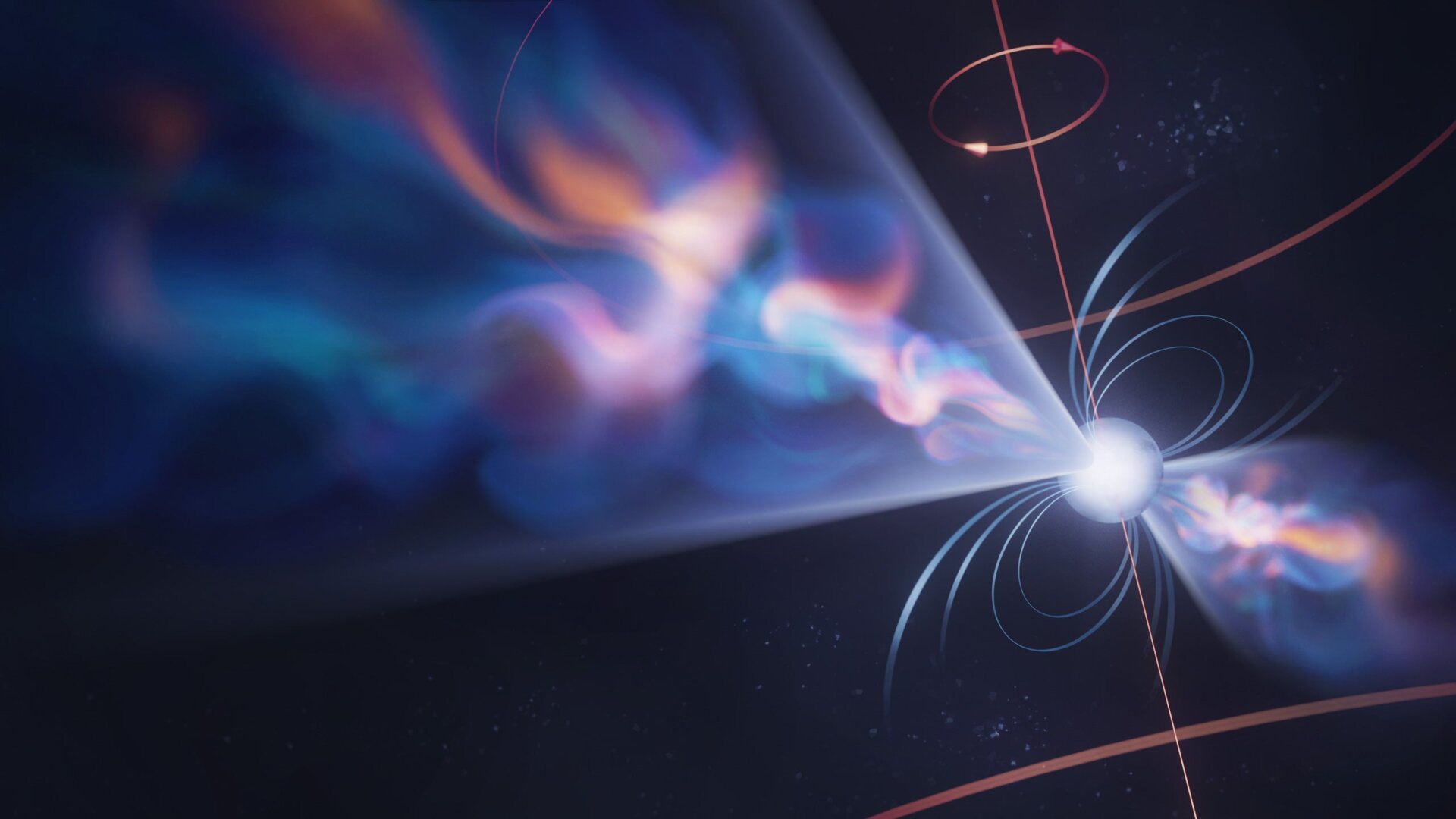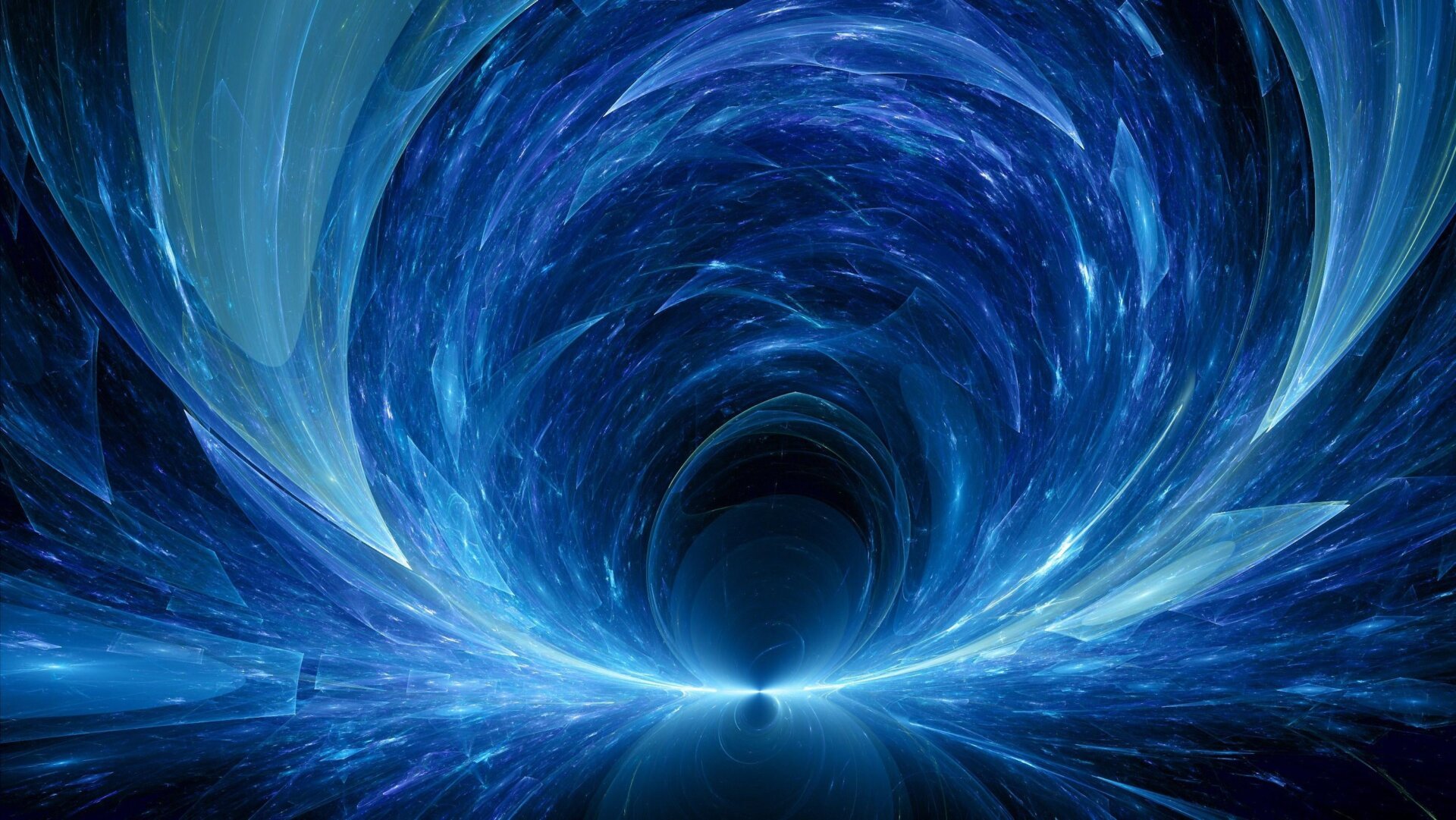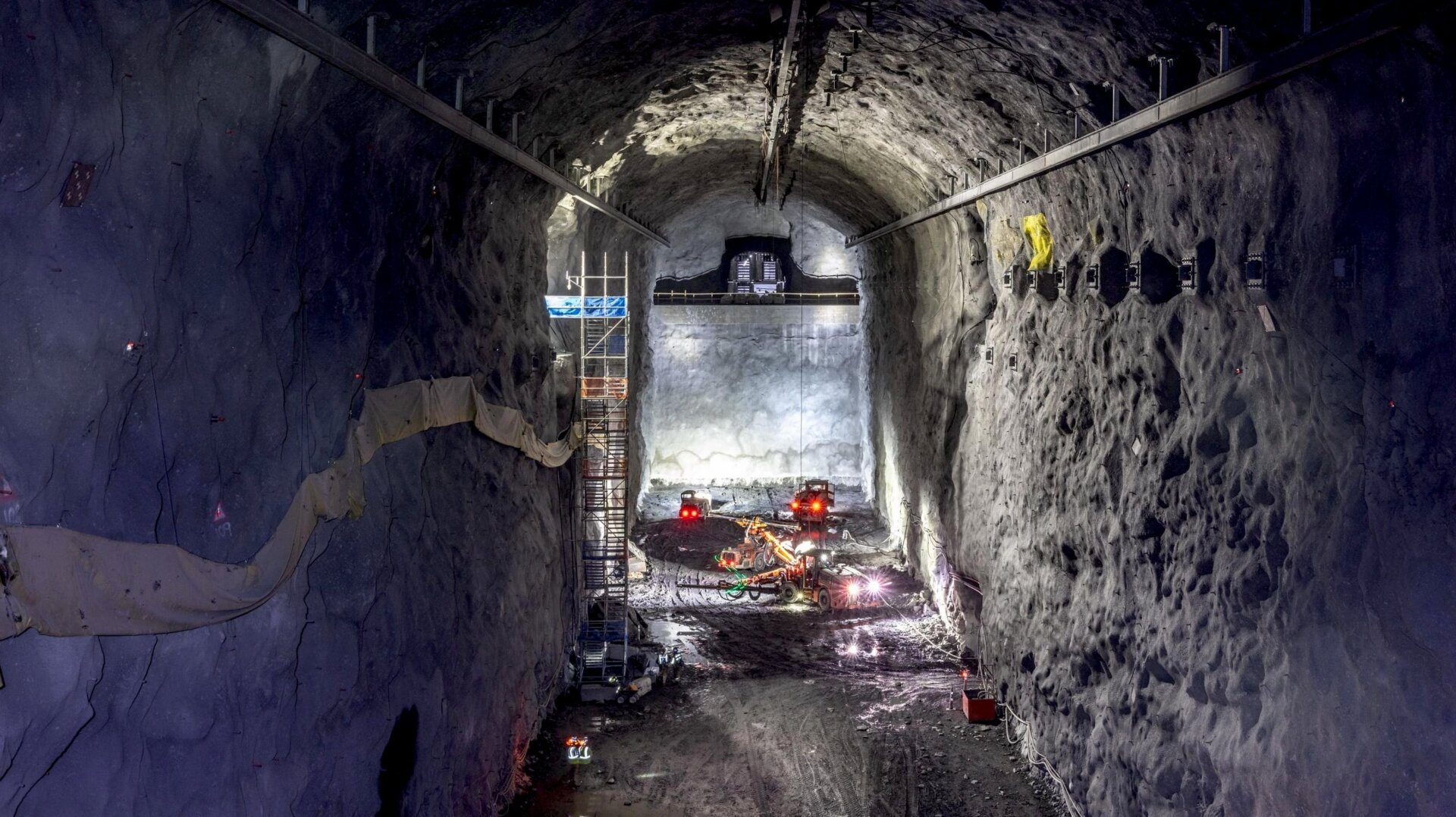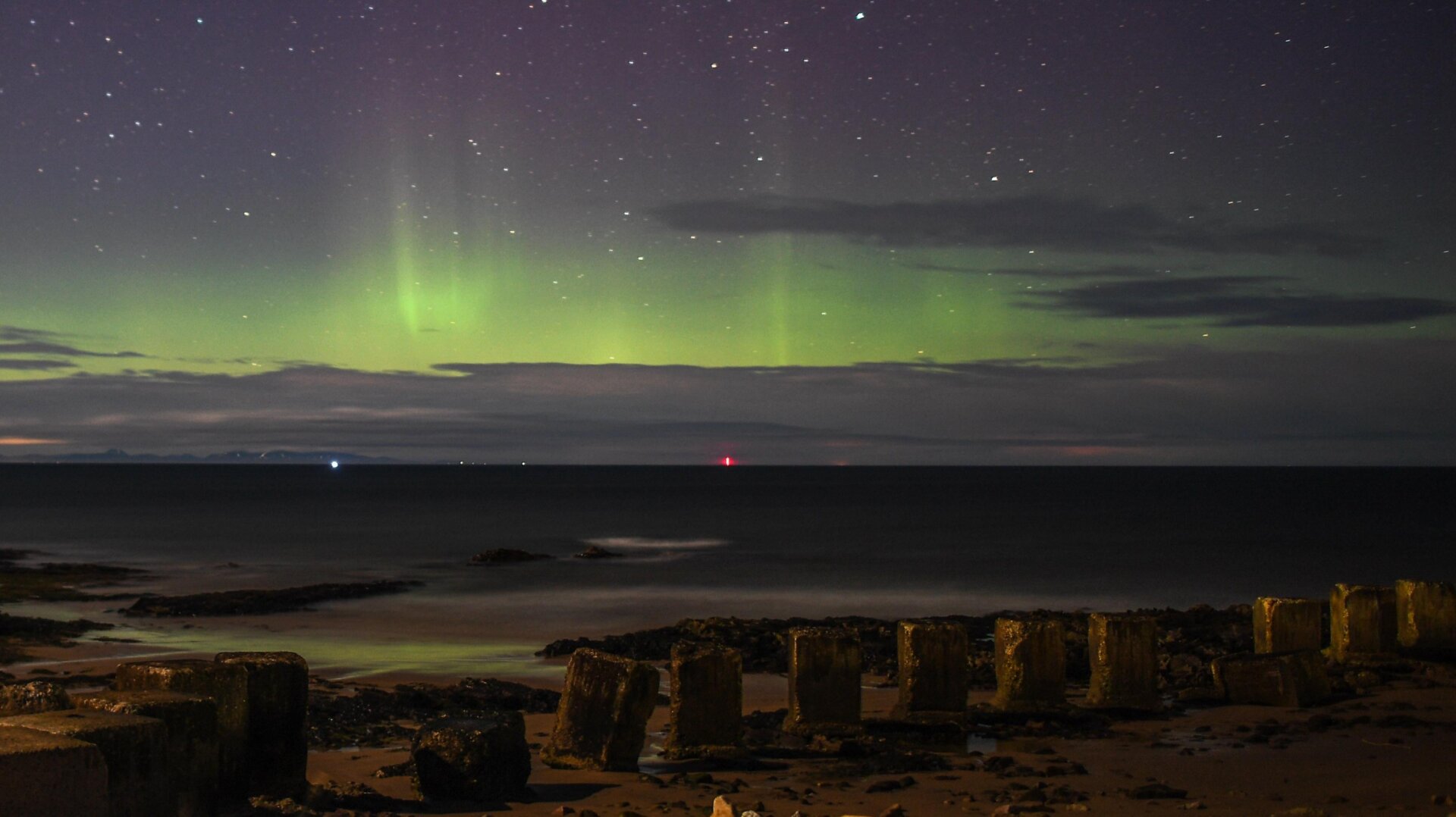The Hubble Space Telescope, a veteran of over 30 years in space, continues its remarkable journey of discovery. Its latest image reveals a massive galaxy cluster, Abell 3322, offering potential insights into the mysteries of both dark and ordinary matter. Located approximately 2.6 billion light-years from Earth in the constellation Pictor, this cluster of galaxies, bound by gravity, provides a valuable opportunity for researchers to study the interaction between dark and regular matter, as well as the fundamental processes of galaxy formation and evolution.
At the heart of this Hubble image, captured by the Wide Field Camera 3 and the Advanced Camera for Surveys, lies 2MASX J05101744-4519179, a particularly luminous galaxy. These third-generation instruments operate at near-infrared and visible light wavelengths, enabling detailed observations of distant celestial objects. Three galaxies within the image stand out due to their exceptional brightness – two at the center and one in the upper right corner. Their alignment suggests that Abell 3322 is actively undergoing formation, according to a European Space Agency release.
Unraveling the Enigma of Dark Matter
Dark matter, despite its name, isn’t literally dark; it’s simply invisible to our current detection methods. Its true nature remains elusive, with possibilities ranging from a collection of various substances to a single, elusive particle. Its minimal interaction with ordinary matter makes it incredibly challenging to study, and it has never been directly observed.
However, the gravitational effects of dark matter provide compelling evidence for its existence. Haloes of dark matter surround galaxies and galaxy clusters, and areas exhibiting gravitational lensing are prime locations for seeking dark matter candidates.
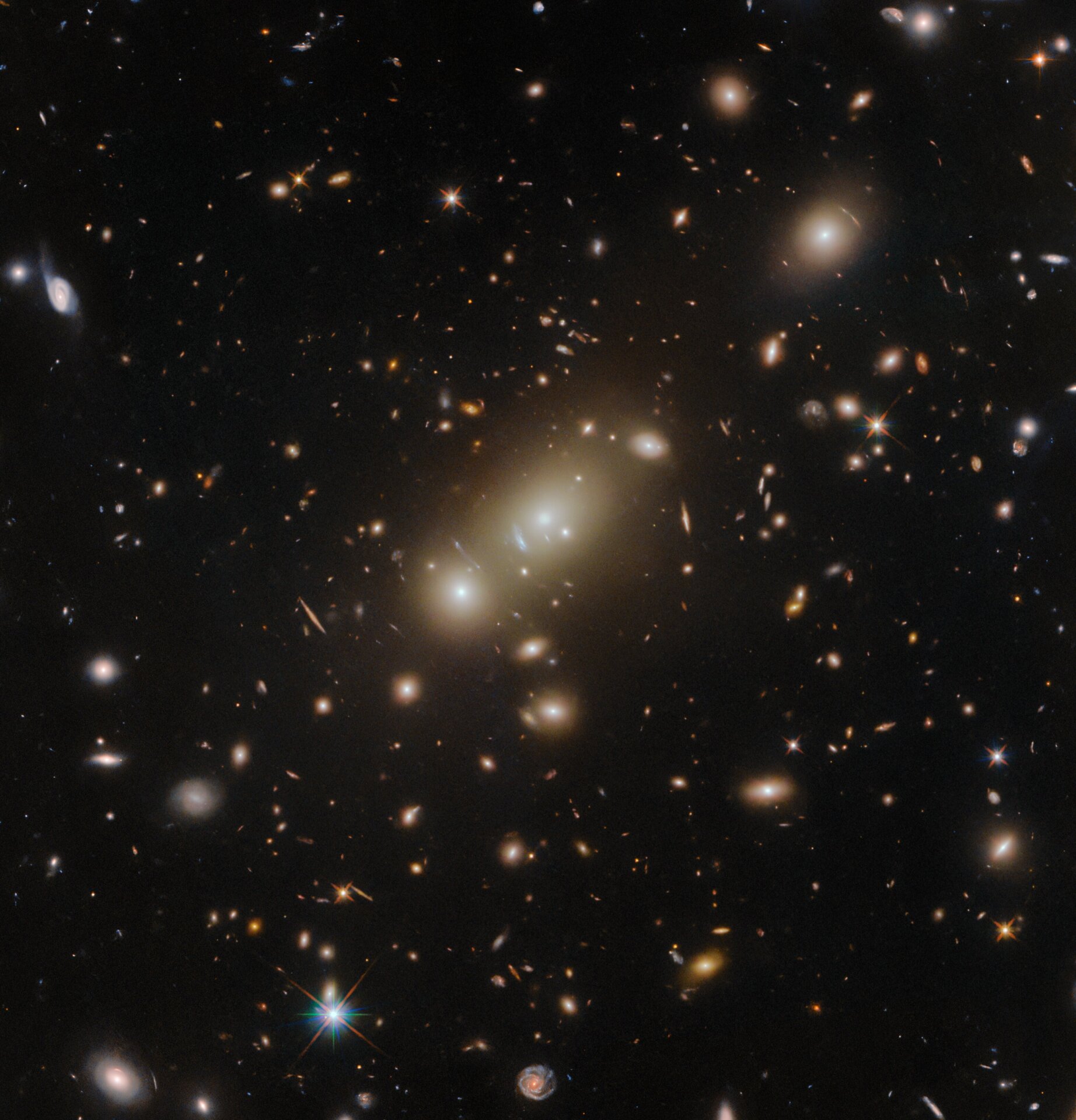 The full Hubble image. Can you spot the distortions of gravitational lensing?Abell 3322, captured by Hubble, exhibits gravitational lensing effects. Image: ESA/Hubble & NASA, H. Ebeling
The full Hubble image. Can you spot the distortions of gravitational lensing?Abell 3322, captured by Hubble, exhibits gravitational lensing effects. Image: ESA/Hubble & NASA, H. Ebeling
Gravitational Lensing: A Window into Dark Matter
Within the Hubble image, several galaxies appear distorted or flattened due to gravitational lensing. This phenomenon occurs when the light from these galaxies is bent and refocused by the gravitational field between them and Hubble. The two primary candidates for dark matter are Weakly Interacting Massive Particles (WIMPs) and axions, a theoretical particle.
Earlier this year, astronomers discovered evidence suggesting the presence of axion-like dark matter in Einstein rings, specifically within lensed images of the distant quasar HS 0810+2554. Einstein rings are striking circular or near-circular formations of light created by intense gravitational lensing.
Further Exploration of Dark Matter
Continued observation of regions where dark matter appears to be influential will provide researchers with crucial data to understand its interaction with visible matter. Combining these observations with laboratory investigations of dark matter candidates brings us closer to understanding this fundamental aspect of the universe.
Conclusion: Illuminating the Dark Universe
The Hubble Space Telescope’s image of Abell 3322 offers a valuable window into the intricate interplay between dark and ordinary matter. By studying galaxy clusters like Abell 3322 and the effects of gravitational lensing, scientists continue to unravel the secrets of dark matter and its role in the universe’s evolution. Further research and observations promise to illuminate the hidden physics of dark matter, expanding our understanding of the cosmos.




